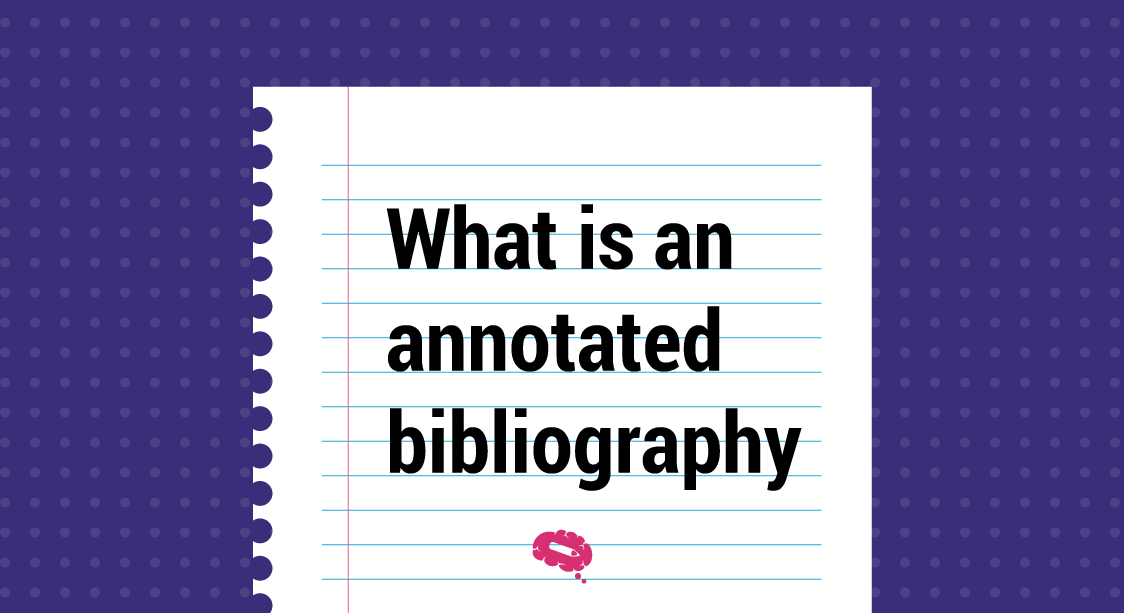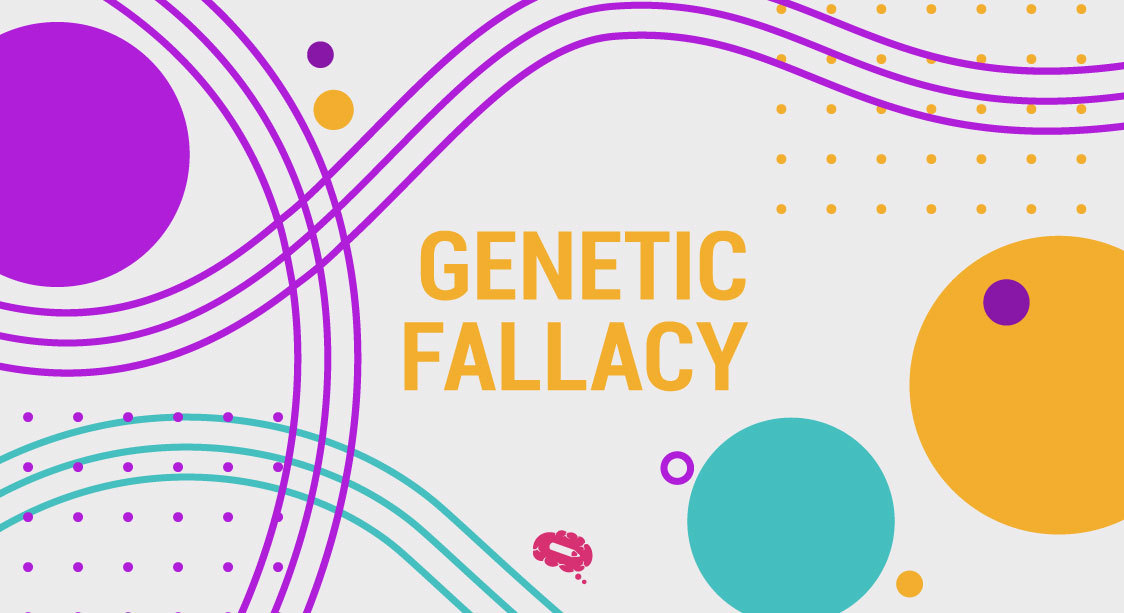If you recently started gathering references for your research paper, you probably have asked yourself: “How do I cite all these references?”. The answer is simple: using Annotated Bibliography. But what is an annotated bibliography?
Annotated bibliographies are commonly used in academic research and writing, as they provide a way for researchers to organize their sources and demonstrate their understanding of the literature on a particular topic. In this article, we will explore what an annotated bibliography is, why it is important, how to create one and provide some examples.
What is an annotated bibliography?
An annotated bibliography is a list of sources that includes a brief summary and evaluation of each source. The purpose of an annotated bibliography is to provide an overview of the literature on a particular topic, to demonstrate the quality and relevance of the sources used, and to show the reader that the researcher has done their homework. Typically, annotated bibliographies include the following information for each source:
Citation
The citation should follow a specific citation style, such as APA, MLA, or Chicago. This provides the reader with the necessary information to locate the source.
Summary
A brief summary of the main points of the source, including the author’s thesis or argument, the methods used to support the thesis, and the conclusions reached.
Evaluation
An evaluation of the source, which may include an assessment of the author’s credibility, the reliability of the data, the relevance of the source to the research question, and any limitations or biases.
Why is an annotated bibliography important?
This tool is essential for researchers because it helps them keep track of the sources they have consulted and provides a means for evaluating the quality and relevance of those sources. It can also help researchers identify gaps in the literature, identify trends or patterns in the research, and provide a basis for future research.
The annotated bibliography can also be useful for readers, as it provides a summary and evaluation of each source, which can help them determine whether a particular source is relevant to their own research. This can save readers time and effort, as they do not have to read each source in its entirety to determine its value.
How to create an annotated bibliography?
Creating an annotated bibliography can be a straightforward process if you follow these steps:
Choose your sources
Begin by selecting sources that are relevant to your research question. These sources can include books, articles, reports, and other types of publications.
Cite your sources
Create citations for each source using the citation style specified by your instructor or publisher. Make sure to double-check your citations for accuracy.
Summarize each source
Write a brief summary of each source that includes the author’s main argument or thesis, the methods used to support the argument, and the conclusions reached. Your summary should be concise and to the point.
Evaluate each source
As we explained before, it’s essential that you provide an evaluation of each source. Keep in mind that your evaluation should be objective and based on evidence.
Organize your bibliography
Arrange your sources in alphabetical order by the author’s last name. Make sure to follow the citation style guidelines for formatting and punctuation.
Examples of annotated bibliographies
Here are some examples of science-related annotated bibliographies:
Example 1
[1] Vermeij, G. J. (2018). Effects of climate change on biodiversity. Annual Review of Ecology, Evolution, and Systematics, 49(1), 25-43.
[2] This article reviews the evidence for how climate change affects biodiversity across different ecosystems, including terrestrial, marine, and freshwater environments. [3] The author suggests that conservation efforts should focus on maintaining ecological resilience and adaptive capacity in the face of changing environmental conditions.
Key: [1] Citation / [2] Summary / [3] Evaluation
Example 2
[1] McGaugh, J. L. (2017). Making lasting memories: Remembering the significant. Proceedings of the National Academy of Sciences, 114(5), 96-104.
[2] In this article, the author summarizes research on the neurobiology of memory, including the role of the hippocampus, amygdala, and prefrontal cortex in encoding and retrieval. [3] The author also argues that understanding how memories are formed and retrieved can have important implications for education and the treatment of memory disorders.
Key: [1] Citation / [2] Summary / [3] Evaluation
Example 3
[1] Green, M. A., Emery, K., Hishikawa, Y., Warta, W., & Dunlop, E. D. (2019). Physics of solar cells. Nature Photonics, 8(7), 506-514.
[2] This article summarizes research on the physics of solar cells, including the principles of light absorption, charge separation, and transport. [3] The group of authors argues that improving the efficiency and durability of solar energy technologies requires a deeper understanding of the underlying physical processes.
Key: [1] Citation / [2] Summary / [3] Evaluation
Tips for writing an effective annotated bibliography
An annotated bibliography is a valuable tool for conducting research, as it allows you to organize and analyze a large number of sources and demonstrate your understanding of the scholarly conversation on a particular topic.
However, writing an effective annotated bibliography can be challenging, especially if you are new to the task. Here are some tips to help you write an annotated bibliography that is clear, concise, and informative:
- Start by identifying your research question or topic. Before you begin compiling your annotated bibliography, it is important to have a clear understanding of the research question or topic that you are addressing. This will help you select relevant sources and ensure that your annotations are focused and concise.
- Evaluate the quality and relevance of each source. As you read each source, pay close attention to the author’s arguments, evidence, and methodology. Consider how the source fits into the larger scholarly conversation on your topic and evaluate its strengths and weaknesses. Be sure to include this information in your annotations, as it will help your reader understand the significance of each source.
- Keep your annotations concise and informative. Your annotations should be brief, usually between 100-200 words, and should provide a summary of the source’s content as well as an evaluation of its quality and relevance to your research question. Be sure to use clear and concise language and to avoid repeating information that is already included in the citation.
- Follow the formatting and citation style guidelines specified by your instructor or institution. Different citation styles have different requirements for how to format your annotated bibliography, so be sure to consult your instructor or institution’s guidelines before you begin. Pay close attention to details such as font size, spacing, and citation formatting to ensure that your annotated bibliography looks professional and is easy to read.
By following these tips, you can write an annotated bibliography that effectively supports your research goals and demonstrates your understanding of the scholarly conversation on your topic. Remember to take the time to carefully evaluate each source and to write clear and concise annotations that provide both a summary and an evaluation of the source’s content. With practice, you will become more skilled at writing effective annotated bibliographies and at conducting research more generally.
Improve your paper’s relevance with Graphical Abstracts
Have you heard the saying, “A picture is worth a thousand words”? Well, let me tell you that this is also true for science papers. According to Cactus Communications’ internal study, papers with Graphical Abstracts have 15x more citations and 3x more downloads. Using Mind the Graph, you can create your own with a simple drag-and-drop interface in just a few minutes. Subscribe for free and start your designs right now.


Subscribe to our newsletter
Exclusive high quality content about effective visual
communication in science.





